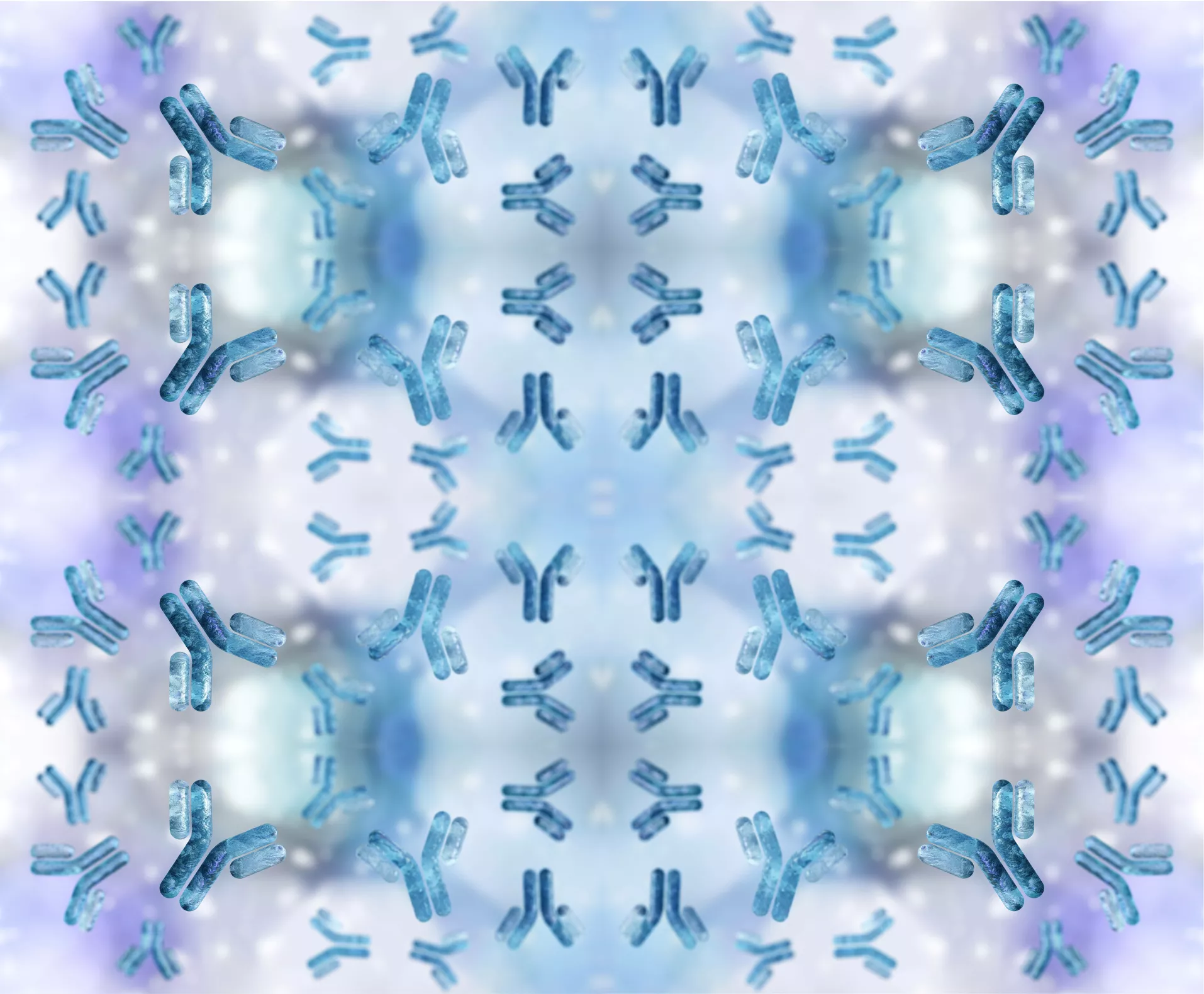MRD
Current MRD testing
The International Myeloma Working Group defines MRD negativity as no myeloma cells being detected in 100,000 cells using Flow cytometry (Next Generation Flow, NGF) or Next Generation Sequencing (NGS).
These techniques require patients to undergo a bone marrow (BM) aspiration or bone marrow biopsy to collect a bone marrow sample. This can be combined with imaging techniques to detect malignant cells outside the bone marrow. BM-MRD testing estimate the myeloma tumor burden by the quantification of cell-based parameters, such as the expression of specific cell surface markers (NGF) or Ig gene rearrangements (NGS).
The result of MRD assessment is either positive, meaning that myeloma cells are detected, or negative, meaning that myeloma cells are not detected. MRD negativity indicates a very deep response to treatment. If this deep response is maintained over time, with repeat MRD testing, patients will on average, have longer periods of remission and overall survival. MRD testing may require repeat bone-marrow aspiration and/or biopsy which can negatively impact a patient’s quality of life. It can also result in false negative results due to hemodilution or extramedullary disease. MRD timepoints are therefore limited and sometimes are missing.
These techniques require patients to undergo a bone marrow (BM) aspiration or bone marrow biopsy to collect a bone marrow sample. This can be combined with imaging techniques to detect malignant cells outside the bone marrow. BM-MRD testing estimate the myeloma tumor burden by the quantification of cell-based parameters, such as the expression of specific cell surface markers (NGF) or Ig gene rearrangements (NGS).
The result of MRD assessment is either positive, meaning that myeloma cells are detected, or negative, meaning that myeloma cells are not detected. MRD negativity indicates a very deep response to treatment. If this deep response is maintained over time, with repeat MRD testing, patients will on average, have longer periods of remission and overall survival. MRD testing may require repeat bone-marrow aspiration and/or biopsy which can negatively impact a patient’s quality of life. It can also result in false negative results due to hemodilution or extramedullary disease. MRD timepoints are therefore limited and sometimes are missing.

Next Generation Sequencing
Next Generation Sequencing is a bone marrow -based MRD testing.
Each B- or T-cell receptor is coded by unique DNA sequences made of 3 segments—Variable, Diversity, and Joining (VDJ)—that serve as DNA “barcodes” that can be used to track malignant cells.
NGS identifies and quantifies unique B- and T-cell receptors associated with the malignant clone.
The IMWG defines MRD-negative as the absence of clonal plasma cells in the bone marrow aspirate, measured with techniques that have a minimal sensitivity to detect 1 myeloma cell in 100 000 nucleated cells.

Next Generation Flow cytometry
Next Generation Flow cytometry is a bone marrow -based MRD testing.
NGF use distinctive cell surface and cytoplasmic markers for clonal plasma cell detection. These methods allow fast examination of millions of cells (or the corresponding amount of DNA) and provide a quantitative assessment of residual myeloma cells in the bone marrow.
The IMWG defines MRD-negative as the absence of clonal plasma cells in the bone marrow aspirate, measured with techniques that have a minimal sensitivity to detect 1 myeloma cell in 100 000 nucleated cells.

Magnetic Resonance Imaging
Since MM is often a patchy disease and myeloma cells may also grow outside the bone marrow, there is a risk of false negative bone marrow-based MRD test results due to sampling bias. Therefore, the IMWG incorporated imaging in addition to bone marrow evaluation. Magnetic Resonance Imaging is a sensitive, non-invasive imaging technique to detect bone involvement, provide information on soft tissue disease and the pattern of myeloma growth in the bone marrow. Positron emission tomography (PET) imaging is used to assess metabolic activity of tumor cells.
The limitations of PET/CT (computed tomography) are the radiation exposure, the risk of false negative and the lack of standardized criteria for evaluation of disease activity.




